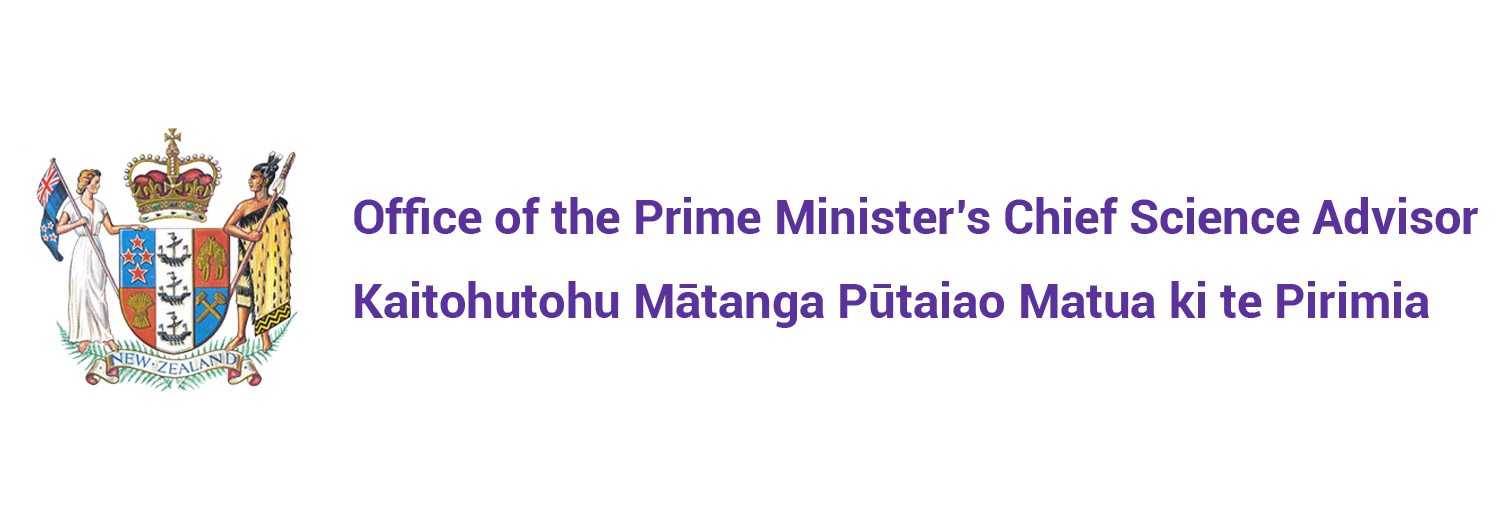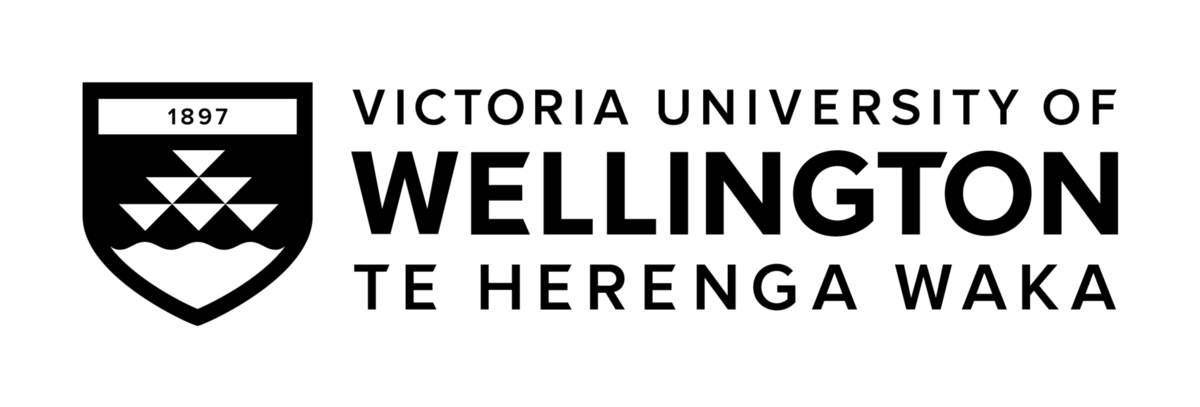Navigating Progress:
A Timeline of Science Policy in Aotearoa
Exploring policy events within the Science, Research, and Innovation sector

The Science, Research, and Innovation sector in Aotearoa New Zealand plays an essential role in driving scientific advancement, social progress, and economic development. The policies that govern this sector are instrumental in directing its course and guiding the future trajectory of our society. As we navigate the ever-evolving landscape of science and technology, it is important to understand the complex interconnections between policy decisions and their impact on the sector. By examining the policy events that have shaped the Science, Research, and Innovation sector in the past, we can gain valuable insights into the factors that have contributed to its evolution, and utilise this knowledge to inform and guide future policy decisions.
In this timeline, I present an overview of key policy events that have shaped Aotearoa New Zealand's Science, Research, and Innovation sector, with the aim of identifying areas where policy decisions may have had unintended consequences, and exploring whether we are working towards a more kind and robust science system that is diverse, inclusive, equitable, and just. The policy events outlined here are significant decisions or actions that establish, modify, or discontinue a relevant policy, and that may have a direct impact on how research and innovation are conducted, who gets funded, and how science is used to create impact. The events were selected based on their historical significance and their relevance to the Kindness in Science project.
The Kindness in Science Project with Te Pūnaha Matatini is exploring how complex systems thinking can be applied to identify effective levers for meaningful change in our science research landscape. Policy decisions in this sector are intended to advance and improve the quality of life for all individuals, yet these decisions are often made in silos, with limited consideration for their interconnections and interdependencies. To comprehend the impact of policy decisions and to create a more informed future, it is essential to examine the collective history of these events.
We start our timeline in 1989, following significant public sector reforms that were carried out in the late 1980's, spurred on by pervasive international theories such as New Public Management and Public Choice Theory. This resulted in the disestablishment of the Department of Scientific and Industrial Research (DSIR) in 1989, which since 1926, had been responsible for facilitating collaboration between industry and science, overseeing research, and providing subsidies for industrial research in Aotearoa New Zealand. The DSIR was transformed into a tri-institutional model, with the aim of separating policy, purchase, and provision.
The Fourth Labour Government was elected in 1984, with David Lange (right) serving as New Zealand's 32nd Prime Minister and Roger Douglas (left) serving as the Minister of Finance. Lange and Douglas oversaw a period of radical public policy reforms that transformed the way we governed and shaped the future of New Zealand's economy. These reforms had a profound impact on various sectors, including education, healthcare, and welfare, restructuring them to align with principles of market-driven efficiency and individual responsibility (Aimer, 2012).
IMAGE: THE DOMINION POST/ALEXANDER TURNBALL LIBRARY

MINISTRY OF RESEARCH, SCIENCE AND TECHNOLOGY ESTABLISHED
The Ministry of Research, Science and Technology (MoRST) was established in 1989 to oversee the performance of Aotearoa's science sector. The ministry advises the government on research, science, and technology policy, funding, and priorities, while ensuring that these fields are integrated into public policy development and well-coordinated. (Statistics New Zealand, 2000).
EDUCATION ACT 1989
The Education Act 1989 marked a significant turning point in New Zealand's education system, replacing the Department of Education with the Ministry of Education, abolishing the University Grants Committee, and introducing the New Zealand Qualifications Authority (NZQA). The Act established the legal framework for New Zealand's entire education system and aimed to create a "free market of education" dependent on results and accountability, representing a significant overhaul that aimed to create a more competitive and successful system (Tearney, 2016).
FOUNDATION FOR SCIENCE, RESEARCH AND TECHNOLOGY ACT 1990
The Foundation for Science, Research and Technology (FRST) Act 1990 established a foundation responsible for the investment and management of funds into research, science, and technology. Funding is allocated through fully costed, contestable schemes, such as the Public Good Service Fund, that provided approximately $275 Million for research in its first year and was the largest at this time (Hammond & Devine, 1994).
CONTESTABLE FUNDING SYSTEM IMPLEMENTED
In 1990, the Public Good Science Fund (PGSF) was established and a contestable funding system for science research was implemented (Roche, 1993). This new funding system allowed for research funding to be allocated through a competitive bidding process rather than through direct government funding to research institutions, and was intended to increase the efficiency and effectiveness of research funding by encouraging competition and promoting the funding of high-quality research projects (Cartner & Bollinger, 1997).
CROWN RESEARCH INSTITUTES ACT 1992
The Crown Research Institutes Act 1992 established ten Crown Research Institutes (CRIs), each designated to address specific natural resource or economic sectors in New Zealand. These institutes were mandated to address the government's research needs while also deciding their own research priorities, and were given the responsibility of carrying out research for the benefit of New Zealand while remaining financially viable. The Act was implemented with the goal of increasing accountability, better decision-making, and improved economic growth through subjecting science and research to market forces (McGuinness et al., 2009). The CRIs are required to bid for funding from various sources, with the majority of funding coming from the PGSF.
THE INSTITUTE OF SOCIAL RESEARCH AND DEVELOPMENT DISBANDED
The Crown Research Institute of Social Research and Development was a multi-disciplinary centre for research to monitor, analyse and assess changes and their policy implications in New Zealand society and economy (Statistics New Zealand, 1995). It was disbanded in 1994, and officially closed down in 1995, due to its failure to establish commercial viability (McGuinness et al., 2009).






Newly elected Prime Minister Jim Bolger and Finance Minister Ruth Richardson walk to the chamber to deliver the "mother of all budgets" in 1991. The impact of the National Party's budget was far-reaching and signalled a greater emphasis on private-sector collaboration, commercialization of research, and the pursuit of market opportunities. Concerns were raised about potential cuts to public funding, limitations on fundamental research, and a shift away from collaborative and interdisciplinary approaches (Peters, Peters & Freeman-Moir, 1992).
IMAGE: DON ROY/STUFF
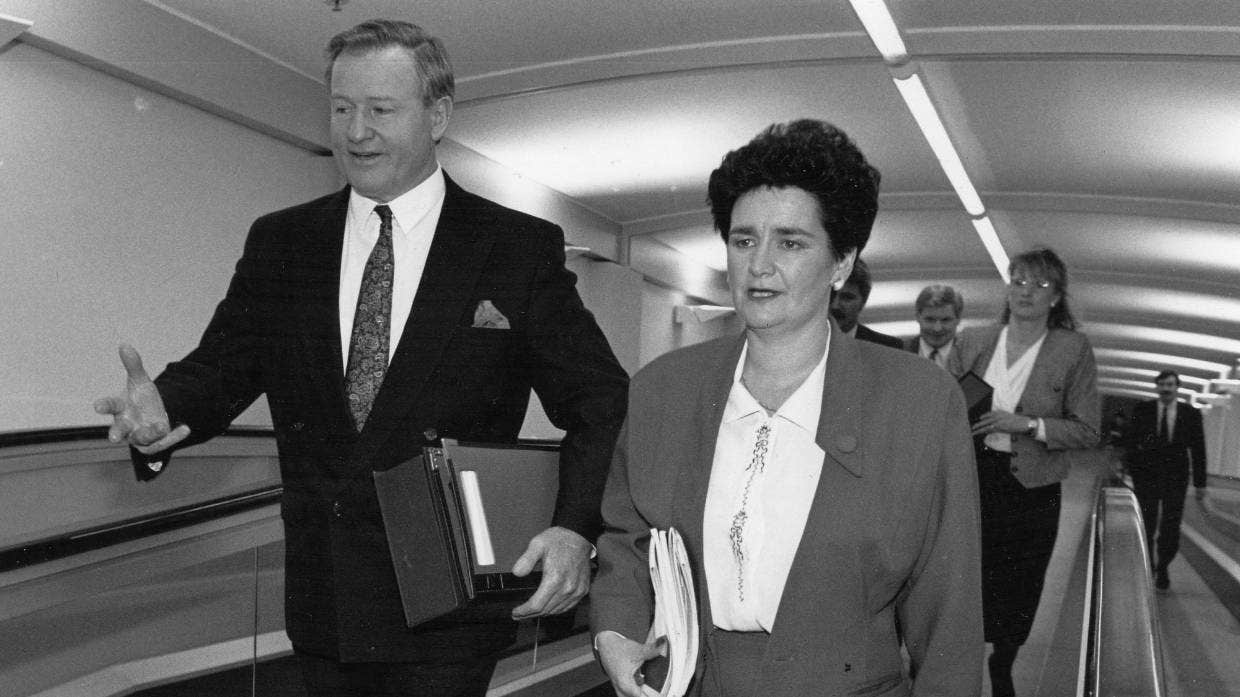
CENTRES OF RESEARCH EXCELLENCE ESTABLISHED
The Centres of Research Excellence (CoREs) Fund was established in 2001 as part of the Fifth Labour government's budget, with 10 inter-institutional research networks being formed and operationalized in 2002. Hosted by universities, the centres work collaboratively on mutually agreed work programs, aiming to conduct world-class research that contributes to New Zealand's economic development. They are also tasked with building research capacity and capabilities through post-graduate programmes and training (Tertiary Education Commission, 2022).
AMENDMENTS TO THE EDUCATION ACT 1989
In 2002, the Education Act was amended, and the Tertiary Education Commission and Performance-Based Research Fund were established (Tearney, 2016). The reforms aimed to incentivise tertiary education institutions to align their work more closely with the government's priorities, increase accountability, quality, and efficiency within New Zealand's education system, and also led to the creation of the Centres of Research Excellence (Crawford, 2016).
PERFORMANCE-BASED RESEARCH FUND ESTABLISHED
The Performance-Based Research Fund (PBRF) is a funding system managed by the Tertiary Education Commission (TEC) and used in Aotearoa New Zealand to allocate funding to universities based on their research performance (Tertiary Education Commission, 2004). Introduced in 2003, the PBRF aims to promote and reward research excellence in the tertiary education sector, and since then, it has undergone several changes and reviews. It utilizes various indicators such as research income, research outputs, and peer review assessments to evaluate research performance (Cole, 2012). While the PBRF has led to increased research productivity, concerns exist regarding potential trade-offs with teaching and service activities, long-term sustainability, and unintended consequences (Boston, 2007). Performance-based funding systems in education face controversies due to challenges in assessing performance, costs, impacts on institutions and individuals, and potential negative effects on equity, diversity, cultural identity, and intellectual diversity (Hicks, 2012).
VISION MĀTAURANGA
Introduced in July 2005, Vision Mātauranga is a policy framework introduced by the Ministry for Research, Science and Technology, focused on unlocking the science and innovation potential of Māori knowledge, resources and people, to create a better future for all New Zealanders (Ministry for Research, Science and Technology, 2005). This framework provides strategic guidance for funding decisions in research areas relevant to Māori, encompassing economic growth, environmental sustainability, health and social well-being, and Indigenous knowledge. Despite making substantial strides towards its initial goals, Vision Mātauranga has fallen short of achieving the expected level of activity, inspiration, and enthusiasm, primarily due to inconsistent implementation across the national research system and a lack of strong incentives. This has resulted in a misalignment between the aspirations of Vision Mātauranga and the system within which it sits, leading to additional burdens for Māori researchers who must navigate both scientific and cultural expectations (Rayne et al., 2023).
NEW ZEALAND GOVERNMENT OPEN ACCESS LICENSING FRAMEWORK
The New Zealand Government Open Access and Licensing framework (NZGOAL) was a set of principles and guidelines released in August 2010 that encourages State Services agencies to release copyright and non-copyright materials for re-use by others, for creative, cultural, economic, and public benefit (State Services Commission, 2010). NZGOAL applies to State Services agencies, including public service departments, Crown entities, and other government organizations, but this specifically excluded tertiary education institutions.
RESEARCH, SCIENCE, AND TECHNOLOGY ACT 2010
The Research, Science and Technology Act 2010 established independent funding boards, repealed the Foundation for Research, Science, and Technology Act 1990, and transferred employees, assets, and liabilities from the Foundation to a new department (Ministry of Business, Innovation and Employment, 2010). It was introduced to help close the gap between New Zealand and the rest of the OECD in terms of investment into research, patenting, and publication, despite the Foundation being relatively efficient with the money already spent (Ministry of Business, Innovation and Employment, 2017).
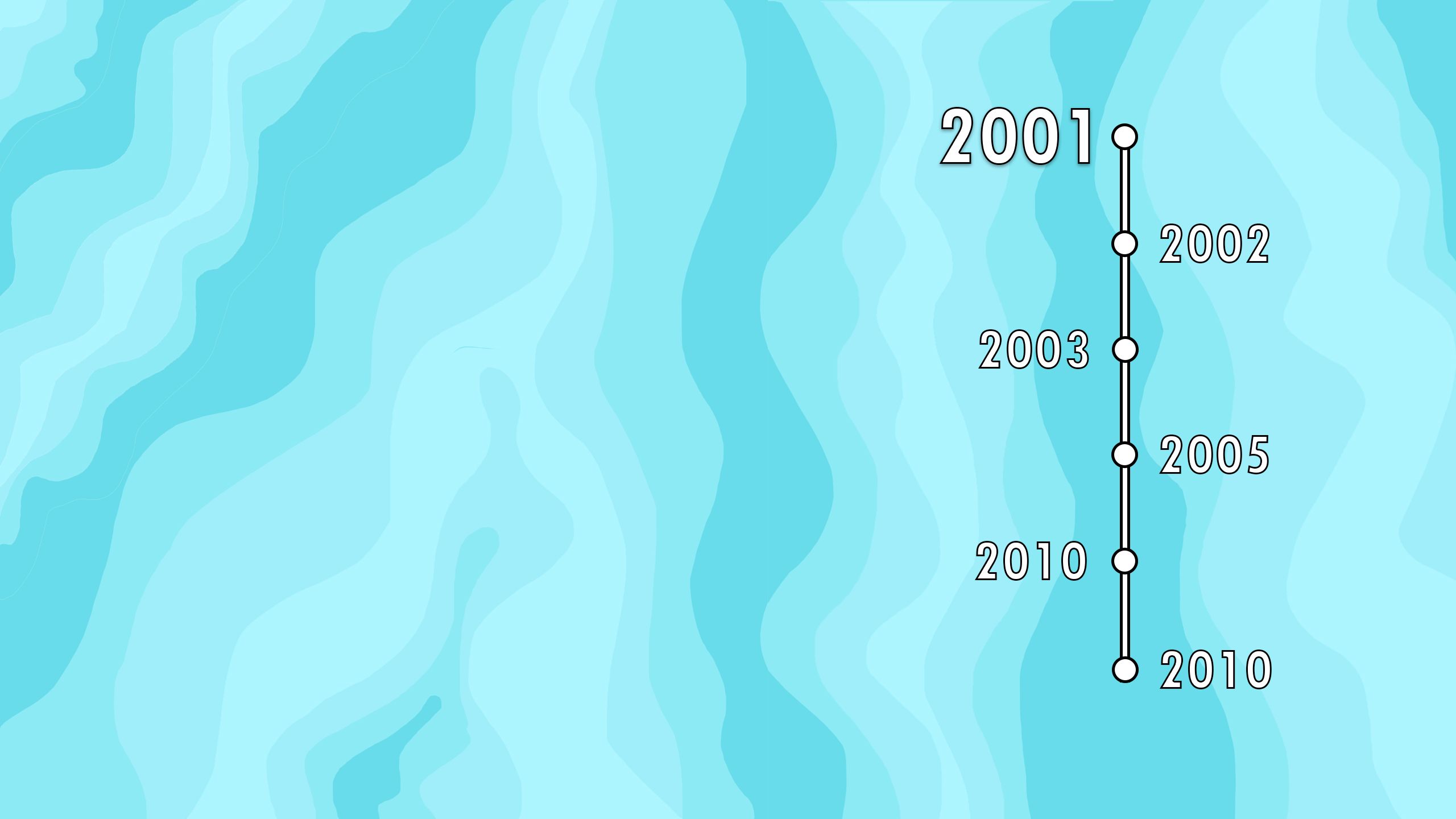

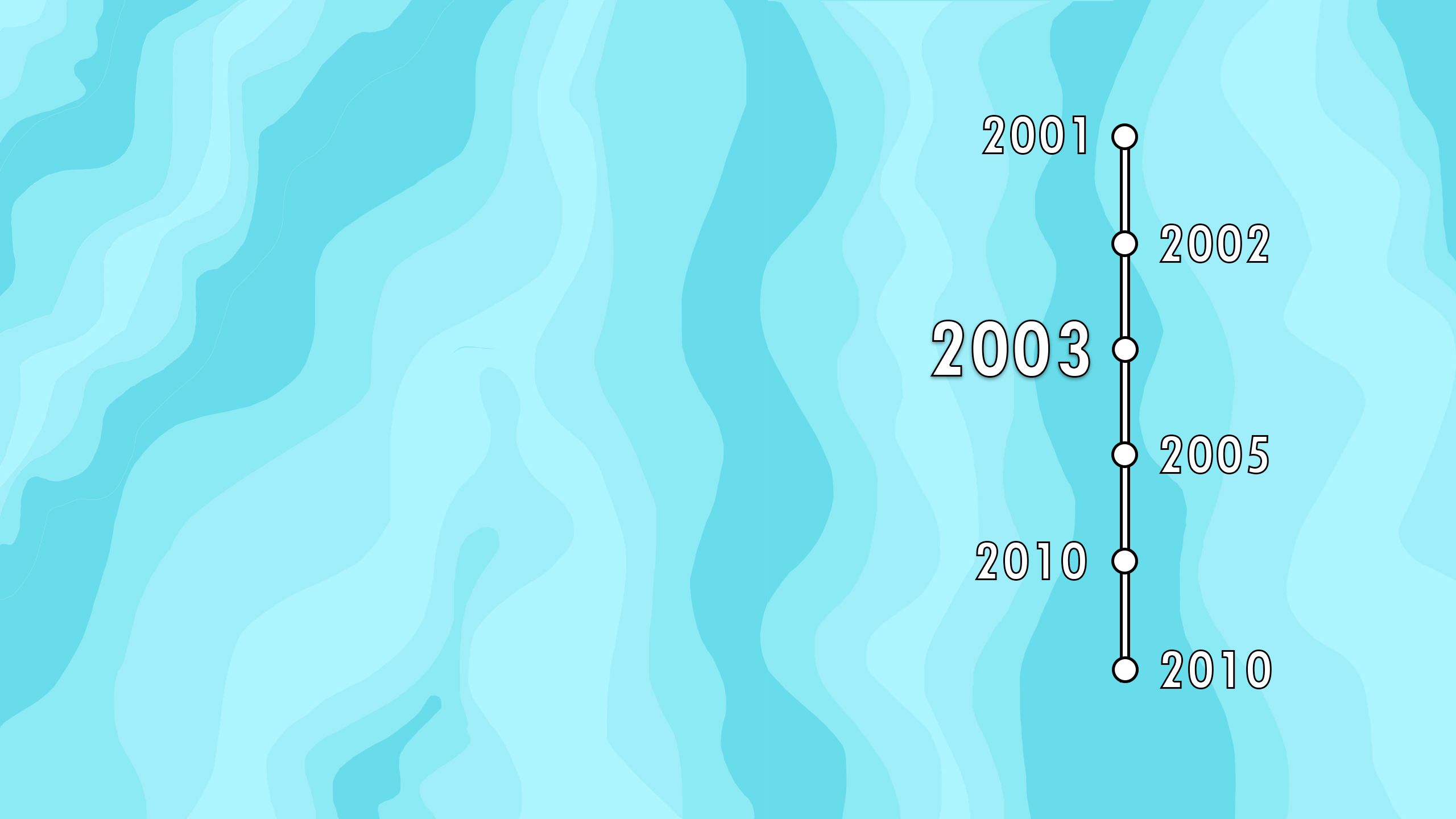

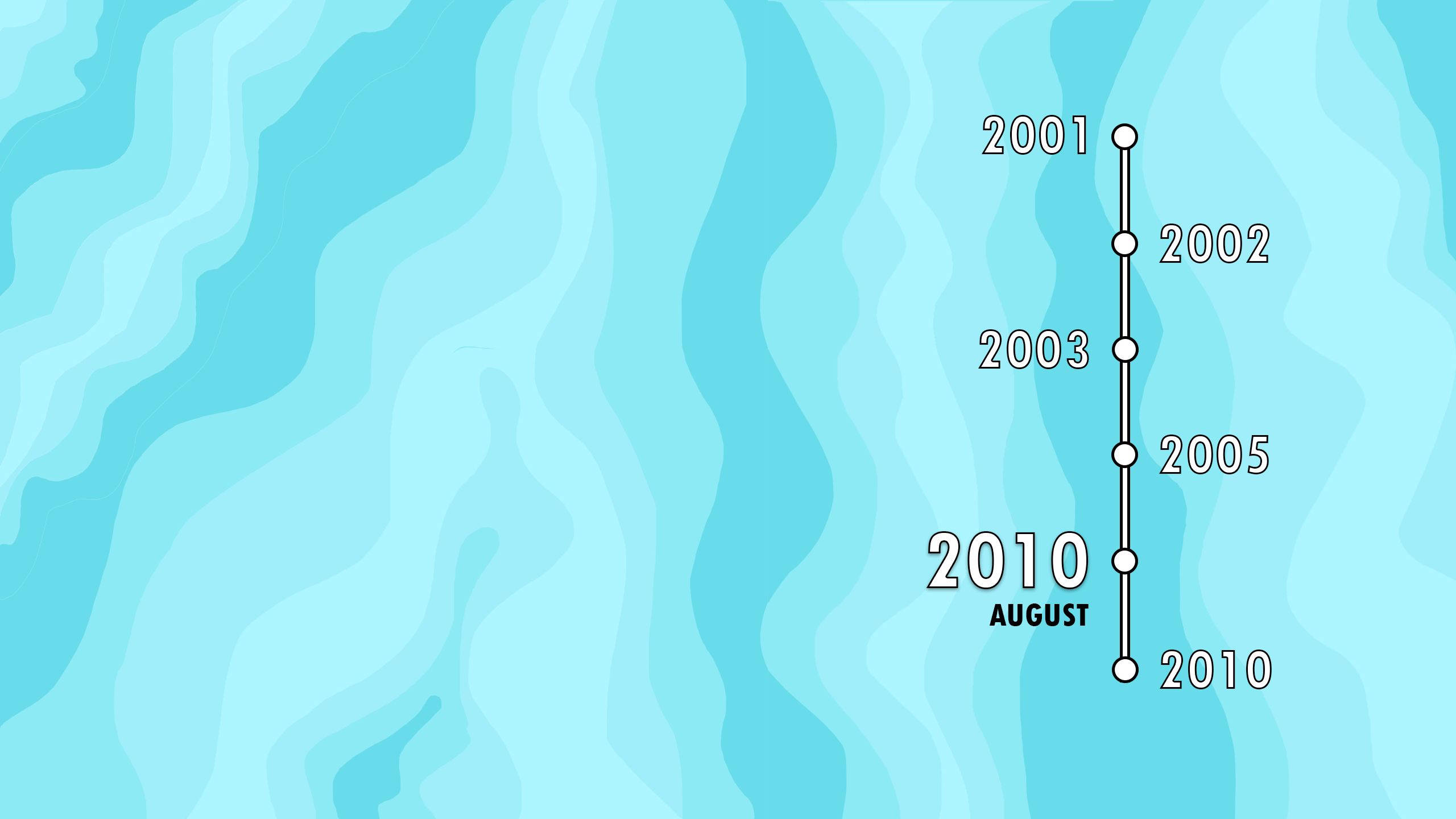
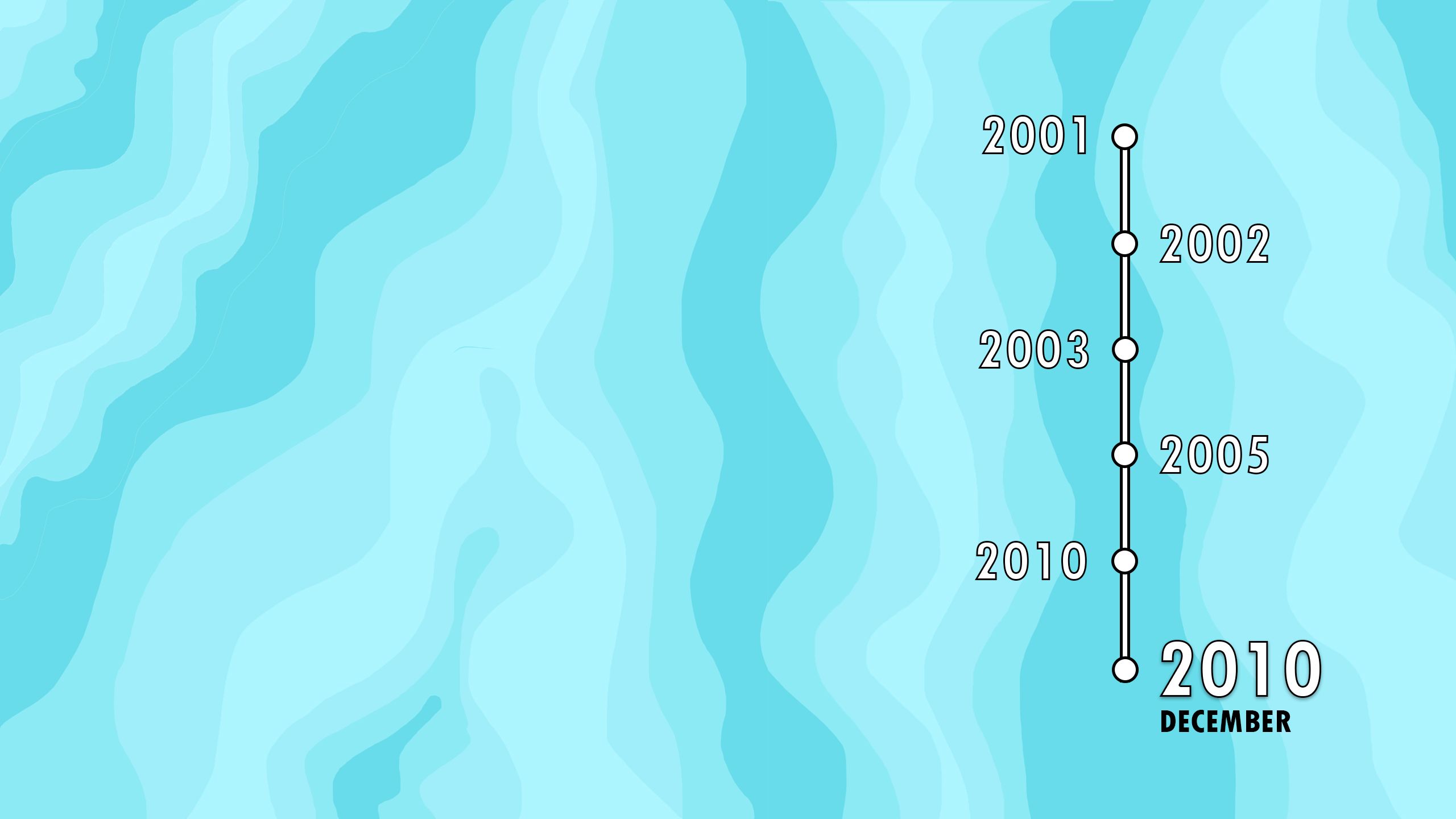
This tukutuku design, Poutama, or Stairway to Heaven, can be interpreted to symbolise the climb of the hero Tawhaki to the heavens to obtain the three baskets of knowledge from the supreme being, Io. Poutama generally represents striving for betterment and the quest for enlightenment and knowledge.
IMAGE: VISION MĀTAURANGA BOOKLET

HEALTH RESEARCH COUNCIL LOTTERY SYSTEM
In 2012, the Health Research Council (HRC) in New Zealand introduced a lottery system for its Explorer Grants. When individuals meet the minimum eligibility criteria for the Explorer Grant scheme, they are entered into a "lottery" system from which a number of applications are randomly chosen (Avin, 2019). These chosen applications will then undergo a more rigorous review by a panel of experts, with funding being offered to the highest quality proposals. It is thought that using a lottery system can help to reduce potential bias, increase efficiency by reducing some of the overhead cause by an intensive selection process, and challenge meritocracy.
NATIONAL SCIENCE CHALLENGES
In April 2013, the New Zealand Government agreed to ten National Science Challenges which were deployed in two tranches. In 2014, the Challenges were officially established, with the goal of addressing New Zealand's most significant science-related issues and opportunities. The Challenges intended to unite the nation's leading scientists, promoting cross-disciplinary and cross-institutional collaboration to accomplish their aim, and restructuring scientific research funding to promote commercial applications of scientific knowledge (Ministry of Business, Innovation and Employment 2013).
THE DEFUNDING OF MĀORI CoRE NGĀ PAE O TE MĀRAMATANGA (NPM) IS OVERTURNED
In 2014, the Tertiary Education Commission decided not to renew CoRE funding for Ngā Pae o te Māramatanga as it did not make the shortlist by the Royal Society of New Zealand for ongoing funding, a decision which faced significant backlash. Shortly after the announcement, Professor Linda Tuhiwai Smith, a Founding Co-Director of the institute, released an Open Statement expressing her disappointment and discussing the extensive effort that went into building the infrastructure of the institute. She argued that the impact of defunding Ngā Pae o Te Māramatanga goes beyond losing a center and funding; it cuts deeply into the capacity, momentum, community, system of knowledge, networks, relationships, and intellectual excitement that was emerging from this CoRE. Additionally, she believed that the defunding reflected a set of beliefs that the research system is not genuinely interested in innovation, does not have the capacity to support innovation outside its cultural frame, and does not understand the short-term nature of its investments in research (Tuhiwai Smith, 2014). On May 15, 2014, it was announced that a Māori CoRE would receive funding "as part of the Government’s increased investment in research excellence" (Turia & Sharples, 2014). This funding was scheduled to commence on January 1, 2016, coinciding with the expiration of Ngā Pae o te Māramatanga's current contract.
NEW ZEALAND GOVERNMENT OPEN ACCESS LICENSING FRAMEWORK - VERSION 2
Version 2 of NZGOAL was published in December 2014, and included several changes including updating the language around who it applied to, with Public Service departments being directed to use NZGOAL, while other State Services such as tertiary education institutes were strongly encouraged to adopt it (State Services Commision, 2014).
NATIONAL STATEMENT OF SCIENCE INVESTMENT
In May 2014, the Minister of Science and Innovation released a draft National Statement of Science Investment (NSSI) for public feedback, which received suggestions for a more focused and comprehensive plan for science and innovation in New Zealand. The final NSSI, published in October 2015, responds to that feedback by presenting a more forward-looking vision for the future, with a revised structure containing two main pillars of excellence and impact (Ministry of Business, Innovation and Employment, 2015).
DIVERSITY IN SCIENCE STATEMENT
The MBIE Diversity in Science Statement highlights the importance of diversity in New Zealand's science system with the launch of new measures to increase diversity (Woods, 2018). It aims to create an inclusive and diverse environment where everyone has an equal opportunity to participate in the science system to their fullest potential, with a focus on people, data, policy and process (Ministry of Business, Innovation and Employment, 2018).






Vote Tertiary Education funding includes funding allocated through the PBRF, Centres of Research Excellence fund, and Wānanga Capability Fund. The data indicates the following:
In 2021, the total funding for research and research-based teaching was $371 million, the same as the previous year. The majority of this funding came from the PBRF, which accounted for $315 million or 85% of the total funding in 2021.
As a result of the growth in the size of the PBRF and Centres of Research Excellence fund over time, the research funding from Vote Tertiary Education has increased by 30% compared to 2011.
Universities continue to receive the largest share of funding distributed through the PBRF. In 2021, 96.4% of PBRF funding went to universities, while Te Pūkenga received 2.9%, wānanga received 0.2%, and PTEs received 0.4% of the funding. In 2011, universities received 97.3% of the PBRF funding.
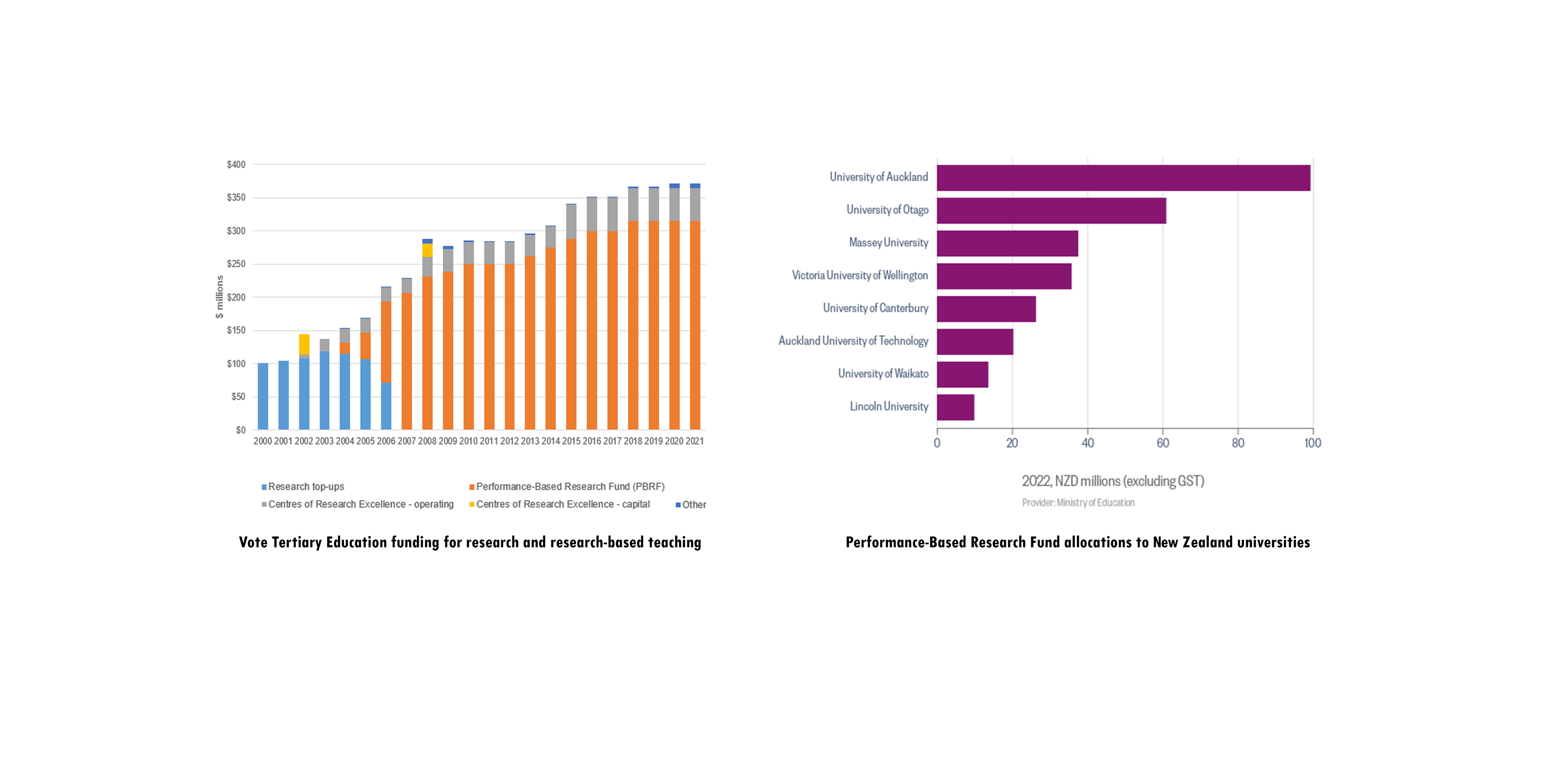
PBRF REVIEW
"The aim of the 2019 Review was to examine the ways government can continue to support research excellence by improving the effectiveness and efficiency of the PBRF settings and to ensure the benefits of this research are shared across Aotearoa New Zealand" (Tertiary Education Commision, 2022).
DRAFT RESEARCH, SCIENCE AND INNOVATION STRATEGY
In September 2019, a draft version of the Research, Science and Innovation Strategy was put forward for public consultation, with the aim to set out MBIE’s vision for RSI in New Zealand and its role in delivering a productive, sustainable, and inclusive future through tackling challenges such as transitioning to a zero-carbon economy, supporting regional growth, protecting the environment, creating high-value jobs, and improving wellbeing. (Ministry of Business, Innovation and Employment, 2019). Submissions closed on November 10, 2019.
TE WĀNANGA O RAUKAWA GRANT
Te Wānanga o Raukawa is a Māori tertiary institution in New Zealand that offers a range of educational programs and qualifications in areas such as Māori language, culture, and history. On November 14, 2019, Te Wānanga o Raukawa signed a relationship agreement with the New Zealand government to address issues raised in the Wānanga's Waitangi Tribunal claim. The claim argues that Crown policies, including the Performance Based Research Fund, have hindered the Wānanga's efforts to contribute to the survival of Māori (Davis & Hipkins, 2019). As a sign of good faith, a one-off grant of $10 million was approved to begin addressing research issues raised in the claim.
TE PAE KAHURANGI REPORT
In July 2020, the Ministry of Business, Innovation and Employment released the Te Pae Kahurangi report, an independent review of the Crown Research Institutes (CRIs) which were established in 1992. While the report was focused on issues with CRIs, many of the identified problems could be applied to the wider science system, such as fragmentation, overlapping activities, and missed opportunities for sharing resources (Ministry of Business, Innovation and Employment, 2020).
EQUITY, DIVERSITY AND INCLUSION CAPABILITY FUND
The Equity, Diversity and Inclusion (EDI) Capability Fund aims to foster a diverse and inclusive workforce by breaking down barriers in research organizations. The fund supports research organizations in building connections and partnerships with Māori, creating an inclusive environment that reflects the diversity of New Zealand. According to the Ministry of Business, Innovation and Employment (2021), the Fund operates based on three guiding principles: awareness of areas of significance, upholding the Treaty of Waitangi partnership, and informing an EDI paradigm shift. These principles emphasize prioritizing underrepresented populations, partnering with Māori to address barriers and unique potential, and facilitating a positive culture change for equal participation regardless of gender, ethnicity, or other aspects of identity.
TE ARA PAERANGI - FUTURE PATHWAYS GREEN PAPER CONSULTATION
MBIE put forward Te Ara Paerangi - Future Pathways Green Paper for consultation between October 2021 to March 2022, which set out a range of options for a possible reform of the RSI sector. The Green Paper was the first step in the Te Ara Paerangi - Future Pathways Programme, and signals the start of what will be a multi-year process. MBIE is “taking an inclusive, deliberative and open approach to gather a broad base of views, drawing on the collective wisdom, experience and inspiration of our researchers and research users” (Ministry of Business, Innovation and Employment, 2022). Key themes identified included support for greater prominence of Te Tiriti o Waitangi in RSI policies, research priorities focusing on national challenges and opportunities, concerns about funding, and support for greater collaboration in the system.






Dr Ayesha Verrall speaks to the media after being inducted into the Labour government's Cabinet in 2020, while ministers Andrew Little and Chris Hipkins look on. On June 14, 2022, Ayesha was appointed as the Minister of Science, Research and Innovation.
IMAGE: HAGEN HOPKINS/GETTY IMAGES NEWS.
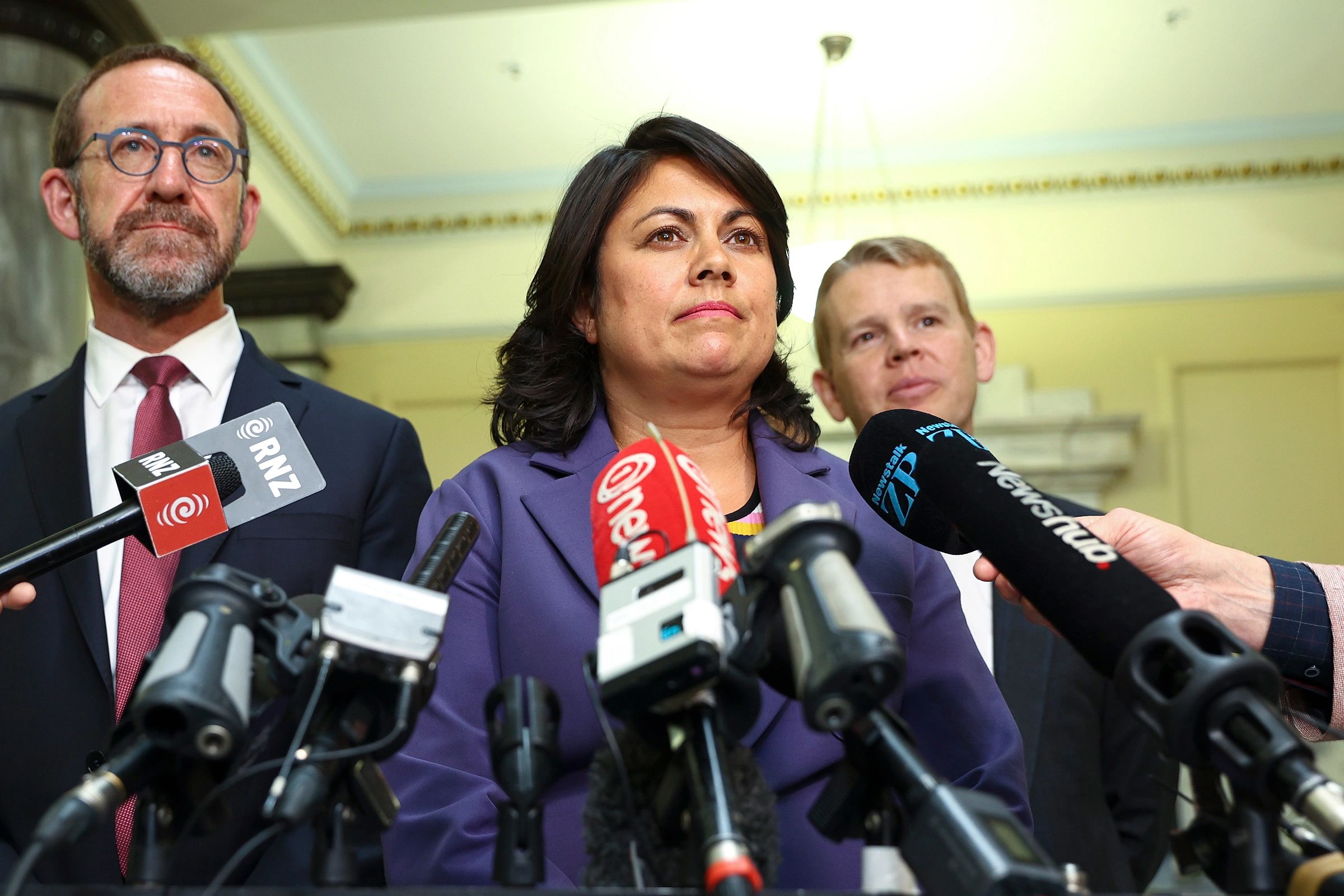
MARSDEN-FUNDED POSTGRADUATE SCHOLARSHIPS INCREASE
Following a report that more than 700 sciences in New Zealand were calling for an increase in funding for postgraduate students (Morton, 2021), the Marsden Fund Council decided to increase its PhD scholarships to $35,000 per year for three years, and Masters scholarships to $22,000 for one year, with additional support for institutional fees for both qualifications. These rates apply to Marsden-funded students recruited from 2021 onwards, but cannot be used to top up university scholarships (Royal Society Te Apārangi, n.d.).
DIVERSITY DATA DASHBOARD
Following the release of the Diversity in Science Statement in 2018, MBIE introduced the Diversity Data Dashboard in February 2022. The dashboard serves as a tool to collect anonymized data on the age, gender, ethnicity, and career stage of individuals involved in MBIE science funding applications (Ministry of Business, Innovation and Employment, 2022). This initiative aligns with MBIE's commitment to providing fair and equal opportunities within the science system. The Diversity Data Dashboard, accessible to the public, plays a crucial role in promoting diversity and equity by utilizing the collected data to inform strategies that foster inclusivity in the scientific community. It provides breakdowns of gender, ethnicity, age, and career stage for all MBIE contestable funds between 2019 and 2022, enabling stakeholders to gain insights into the diversity of applicants, regardless of the funding outcomes.
NARRATIVE CV TEMPLATE RELEASED
On November 22, 2022, MBIE announced the introduction of an alternative CV template for the Endeavour 2023 funding round. The narrative CV is designed to support non-linear career pathways for all researchers, with the intent of enabling a broader definition of an academic for Māori and Pacific Peoples (MBIE Science, 2022).
TE ARA PAERANGI - FUTURE PATHWAYS WHITE PAPER
On December 8, 2022, MBIE released the highly anticipated White Paper, which lays out the Government’s vision for the RSI system and outlines the key actions and directions they will be taking through Te Ara Paerangi (Ministry of Business, Innovation and Employment, 2022). The programme will create a system that gives effect to Te Tiriti o Waitangi, is adaptable by design, and connected for impact, reflecting Aotearoa New Zealand’s unique context and diverse population.
OPEN RESEARCH POLICY
As of January 1, 2023, an Open Research policy applies to all new research investment processes administered by MBIE, aimed at increasing equity of access to research outputs and maximizing the return on public investments in research. This policy requires that all peer-reviewed publications from MBIE funded research be made available with Open Access either immediately on publication or after a publisher's embargo period. The policy outlines two acceptable pathways for Open Access - publication in a fully Open Access journal, or deposit in an institutional repository or a repository listed in the Directory of Open Access Repositories (Ministry of Business, Science and Innovation, 2023).
HE TIPU KA HUA AND HE AKA KA TORO ANNOUNCED
The Government announced two new funds on February 7, 2023, He Tipu Ka Hua and He Aka Ka Toro - initiatives that "will provide up to $10 million per year to Māori organisations to build Māori research capacity, capability and aspirations over the next five years" (Verall, 2023). He Tipu Ka Hua will provide funding of up to $6 million per year for three Māori-led research platforms or programs. This initiative aims to support and promote Māori-led research endeavours. He Aka Ka Toro will allocate $4 million per year to Māori organisations and is specifically intended to enhance their internal capability and capacity to engage with the research, scientific, and innovation system.






REFERENCES
You can find the list of references and any future amendments here. This reference list provides a comprehensive compilation of sources cited, offering valuable insights and supporting information for this timeline. Please note, this list may evolve over time and undergo periodic refinements as new research and relevant sources become available.
IMAGE ATTRIBUTIONS
New Zealand Flag: © 2011, Marijn Kampf, CC BY-SA 4.0, via Wikimedia Commons
Finance Minister Roger Douglas holds up Prime Minister David Lange's arm in a victory salute - Photograph taken by Ross Giblin. Dominion Post (Newspaper): Photographic negatives and prints of the Evening Post and Dominion newspapers. Ref: EP/1987/4138/26. Alexander Turnbull Library, Wellington, New Zealand. /records/22307779
Jim Bolger and Ruth Richardson: Don Roy/Stuff
Tukutuku design (Poutama): Vision Mātauranga Booklet
Graphs: Data provided by the Ministry of Education. Graphs provided by figure.nz and Education Counts (2023).
Minister Verrall: Hagen Hopkins/Getty Images News via Getty Images
ACKNOWLEDGEMENTS
This timeline was completed during a ten-week work placement and project with Te Pūnaha Matatini and the Office of the Prime Minister's Chief Science Advisor, as part of the Master of Science in Society with Te Herenga Waka – Victoria University of Wellington. The project's goal was to research and create a timeline of policy events from within the Science, Research and Innovation sector in Aotearoa New Zealand, that aligned with the Kindness in Science project with Te Pūnaha Matatini. Kindness in Science aims to apply a complexity lens to the science system to foster a culture of inclusion and identify effective levers for meaningful change.
I would like to express my sincere appreciation to my project supervisors, Dr Emma Sharp, Professor Tammy Steeves, and Dr George Slim, for their valuable time, expertise, and resources. Their mentorship and encouragement were instrumental in shaping my project and fostering my professional and personal growth.
I would also like to extend my thanks to Te Pūnaha Matatini and all those involved in the Kindness in Science project for providing me with this opportunity and the necessary funding to complete this project. Their investment in my academic and professional development enabled me to conduct the research, analysis, and writing required to produce this timeline, and I am truly grateful for their support.
I am grateful to the team at the Office of the Prime Minister's Chief Science Advisor for their support and guidance throughout this project. Their contributions helped shape my research, and I commend their commitment to advancing science and evidence-based decision-making.
Lastly, I would like to express my appreciation to the lecturers and students I had the privilege of encountering during my studies. Their contributions greatly enriched my experience, and I am particularly thankful for the guidance and support provided by my work placement supervisor, Dr Hazel Godfrey.

